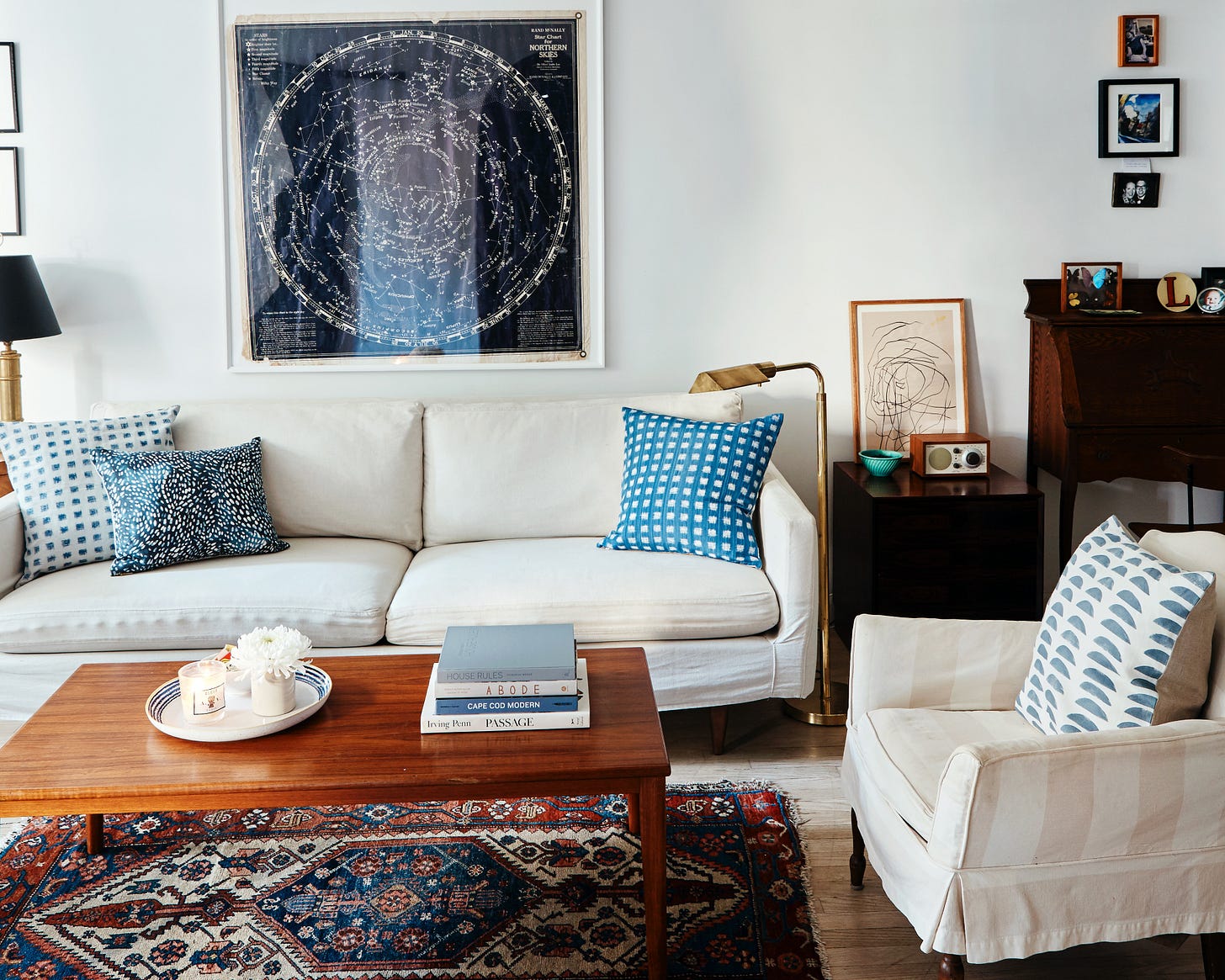The power of taking (tiny) actions
Whether it's pretty-ing up your home or political
Last week I checked Myquillyn Smith’s book House Rules: How to Decorate for Every Home, Style, and Budget out of the library. Myquillyn has been on my radar for a while (I loved her viral video about “quieting the house”). However, I hadn’t picked her book up yet because our interi…



